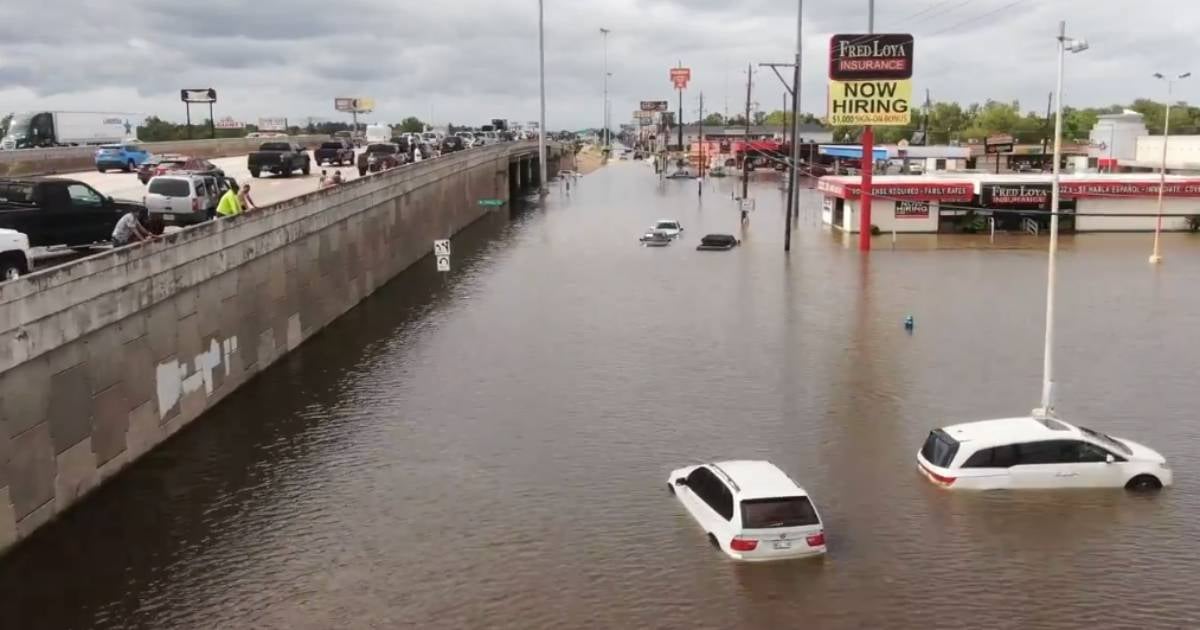The death toll from Tropical Storm Beryl has risen to eight in the United States, following the storm's landfall in Texas on Monday as a Category 1 hurricane. The storm caused significant damage to homes and infrastructure. Texas authorities report that even though Beryl had weakened from a Category 5 hurricane to a tropical depression, it still triggered flooding, storm surges, and multiple tornadoes. The number of fatalities could increase as the search for missing persons continues.
Officials have confirmed that at least eight people lost their lives due to the storm in Texas and neighboring states. Among the victims, two were killed by fallen trees. In Houston, a civilian employee of the Police Department died after being trapped in a flood on a roadway. In Louisiana, one person was killed by a falling tree during a possible tornado near the city of Benton.
The death toll could rise as rescue and recovery efforts continue, authorities emphasized. The National Hurricane Center (NHC) warned on Tuesday that Beryl could still bring heavy rains and potential flash floods from the lower and middle Mississippi Valley to the Great Lakes from today through Wednesday.
The USCG Air Station Corpus Christi conducted an aerial survey along the Texas coast to assess the damage caused by Beryl and stated it is prepared to assist those in need. The station is also working to restore critical trade flow in the affected waterways and ports.
According to a report from the EFE agency, over 2.3 million people remained without electricity on Tuesday, including in the populous city of Houston, amid intense heat with temperatures reaching up to 104 degrees Fahrenheit (40 degrees Celsius). CenterPoint Energy, which serves Harris and Fort Bend counties, said it aims to restore power to at least one million customers in Texas by the end of Wednesday. As of Monday, power had been restored to fewer than 300,000 customers.
This crisis is occurring amidst a heat wave in the affected region. In Texas, a heat index of approximately 105 degrees Fahrenheit (40 degrees Celsius) is expected, complicating the situation for those without power and air conditioning. In the western U.S., about 40 million people will face temperatures exceeding 100 degrees Fahrenheit (38 degrees Celsius) over the next seven days, according to the National Weather Service (NWS).
Beryl also caused significant damage in the Caribbean, with at least 10 fatalities reported in Jamaica alone.
FAQs on Tropical Storm Beryl's Impact
Here are some frequently asked questions and answers regarding the impact of Tropical Storm Beryl, especially focusing on the affected regions and the ongoing recovery efforts.
What was the maximum category reached by Tropical Storm Beryl?
Beryl reached a maximum intensity of Category 5 before weakening to a tropical depression.
How many people are currently without power due to Beryl?
Over 2.3 million people remain without power, including residents in Houston.
What areas are still at risk for heavy rains and flash floods?
The NHC has warned that areas from the lower and middle Mississippi Valley to the Great Lakes are still at risk.
